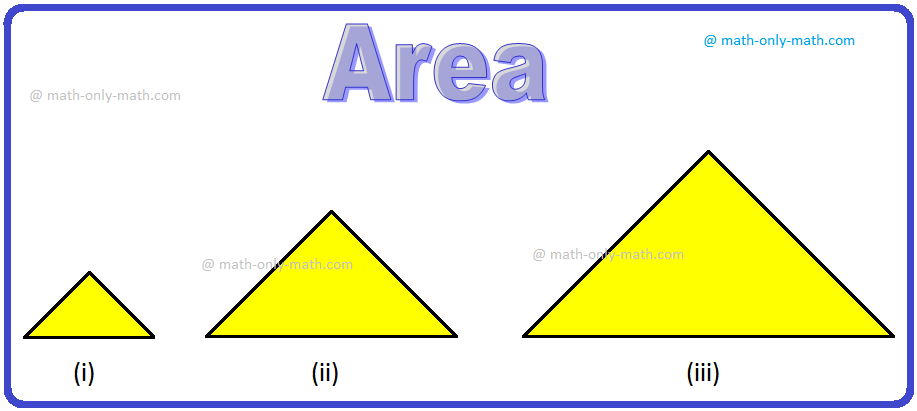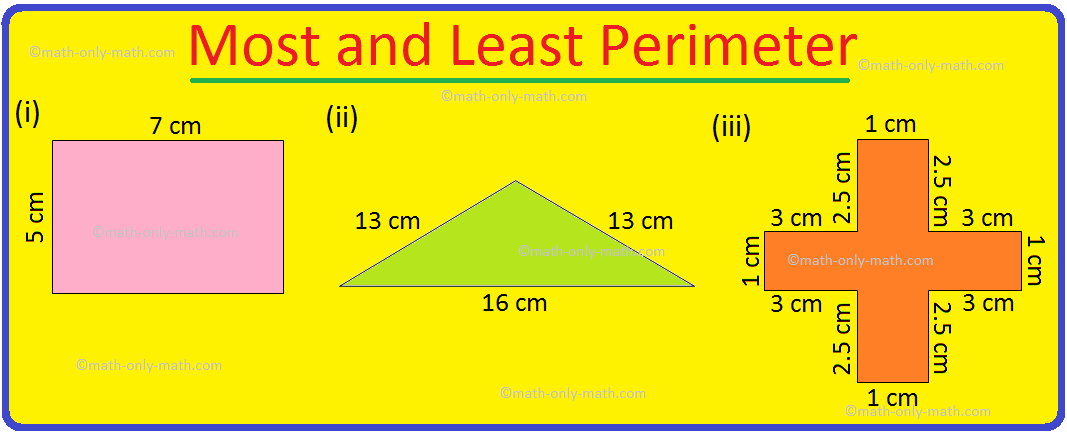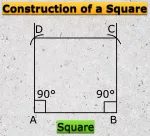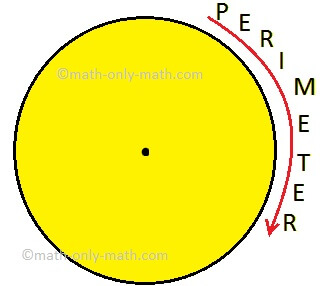Subscribe to our ▶️YouTube channel🔴 for the latest videos, updates, and tips.
Home | About Us | Contact Us | Privacy | Math Blog
Properties of Sets
What are the two basic properties of sets?
The two basic properties to represent a set are explained below using various examples.
1. The change in order of writing the elements does not make any changes in the set.
In other words the order in which the elements of a set are written is not important. Thus, the set {a, b, c} can also be written as {a, c, b} or {b, c, a} or {b, a, c} or {c, a, b} or {c, b, a}.
For Example:
Set A = {4, 6, 7, 8, 9} is same as set A = {8, 4, 9, 7, 6}
i.e., {4, 6, 7, 8, 9} = {8, 4, 9, 7, 6}
Similarly, {w, x, y, z} = {x, z, w, y} = {z, w, x, y} and so on.
2. If one or many
elements of a set are repeated, the set remains the same.
In other words the elements of a set should be distinct. So, if any element of a set is repeated number of times in the set, we consider it as a single element. Thus, {1, 1, 2, 2, 3, 3, 4, 4, 4} = {1, 2, 3, 4}
The set of letters in the word ‘GOOGLE’ = {G, O, L, E}
For Example:
The set A = {5, 6, 7, 6, 8, 5, 9} is same as set A= {5, 6, 7, 8, 9}
i.e., {5, 6, 7, 6, 8, 5, 9} = {5, 6, 7, 8, 9}
In general, the elements of a set are not repeated. Thus,
(i) if T is a set of letters of the word ‘moon’: then T = {m, o, n},
There are two o’s in the word ‘moon’ but it is written in the set only once.
(ii) if U = {letters of the word ‘COMMITTEE’}; then U = {C, O, M, T, E}
Solved examples using the properties of sets:
1. Write the set of vowels used in the word ‘UNIVERSITY’.
Solution:
Set V = {U, I, E}
2. For each statement, given below, state whether it is true or false along with the explanations.
(i) {9, 9, 9, 9, 9, ……..} = {9}
(ii) {p, q, r, s, t} = {t, s, r, q, p}
Solution:
(i) {9, 9, 9, 9, 9, ……..} = {9}
True, since repetition of elements does not change the set.
(ii) {p, q, r, s, t} = {t, s, r, q, p}
True, since the change in order of writing the elements does not change the set.
● Set Theory
● Sets
● Subset
7th Grade Math Problems
From Properties of Sets to HOME PAGE
Didn't find what you were looking for? Or want to know more information about Math Only Math. Use this Google Search to find what you need.
Recent Articles
-
What is Area in Maths? | Units to find Area | Conversion Table of Area
Jul 17, 25 01:06 AM
The amount of surface that a plane figure covers is called its area. It’s unit is square centimeters or square meters etc. A rectangle, a square, a triangle and a circle are all examples of closed pla… -
Worksheet on Perimeter | Perimeter of Squares and Rectangle | Answers
Jul 17, 25 12:40 AM
Practice the questions given in the worksheet on perimeter. The questions are based on finding the perimeter of the triangle, perimeter of the square, perimeter of rectangle and word problems. I. Find… -
Formation of Square and Rectangle | Construction of Square & Rectangle
Jul 16, 25 11:46 PM
In formation of square and rectangle we will learn how to construct square and rectangle. Construction of a Square: We follow the method given below. Step I: We draw a line segment AB of the required… -
Perimeter of a Figure | Perimeter of a Simple Closed Figure | Examples
Jul 16, 25 02:33 AM
Perimeter of a figure is explained here. Perimeter is the total length of the boundary of a closed figure. The perimeter of a simple closed figure is the sum of the measures of line-segments which hav… -
Formation of Numbers | Smallest and Greatest Number| Number Formation
Jul 15, 25 11:46 AM
In formation of numbers we will learn the numbers having different numbers of digits. We know that: (i) Greatest number of one digit = 9,





New! Comments
Have your say about what you just read! Leave me a comment in the box below. Ask a Question or Answer a Question.